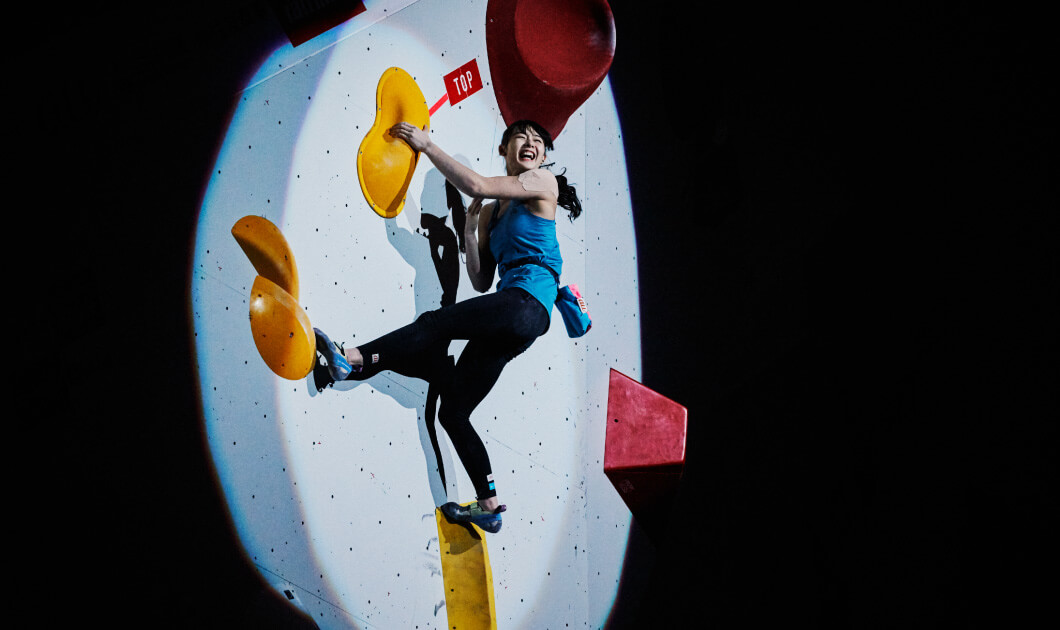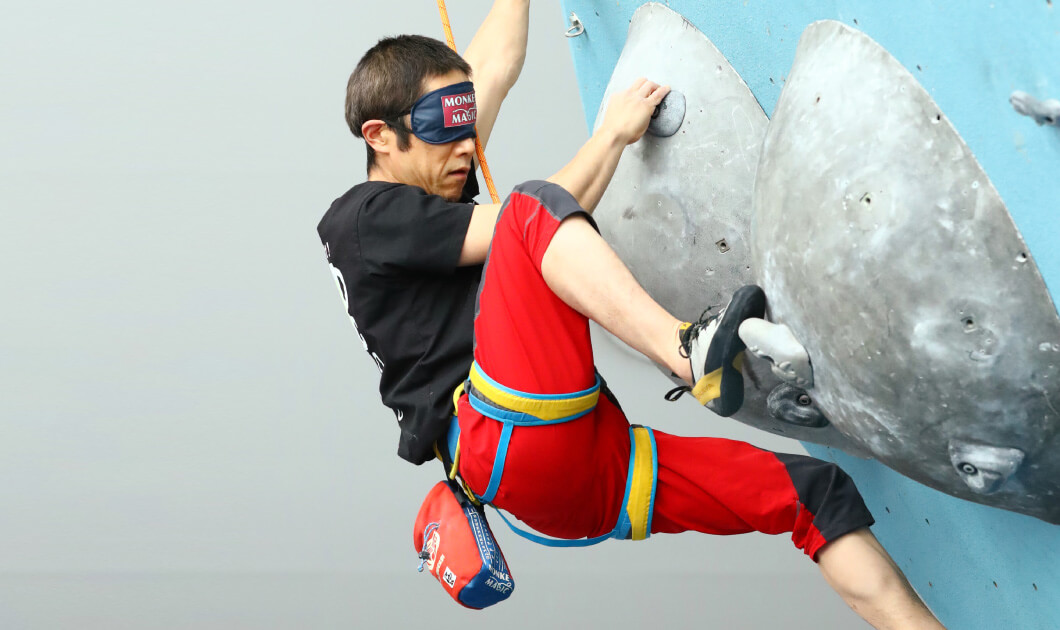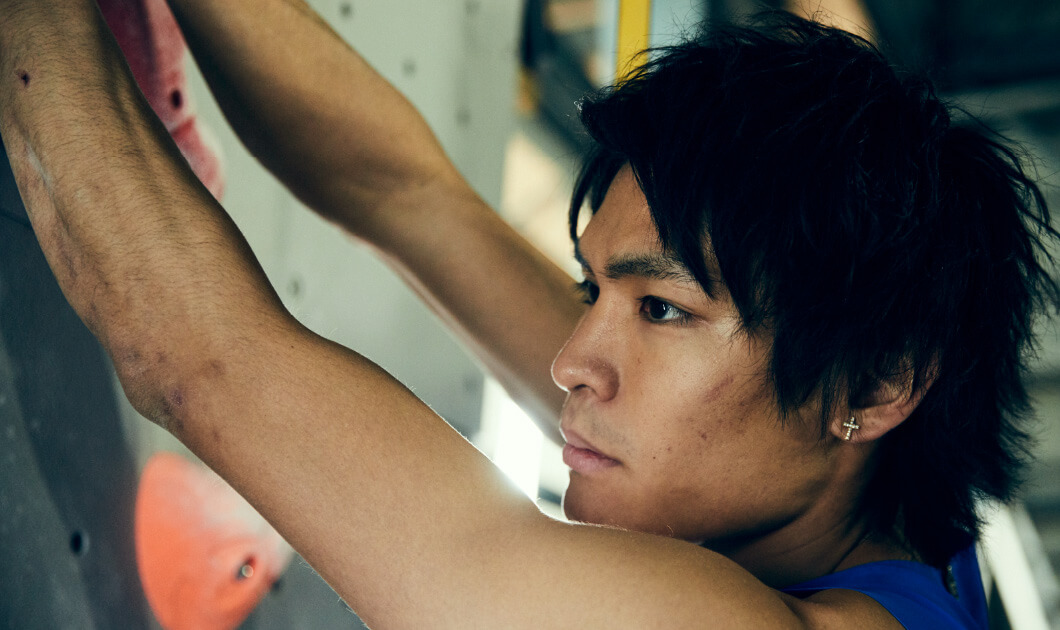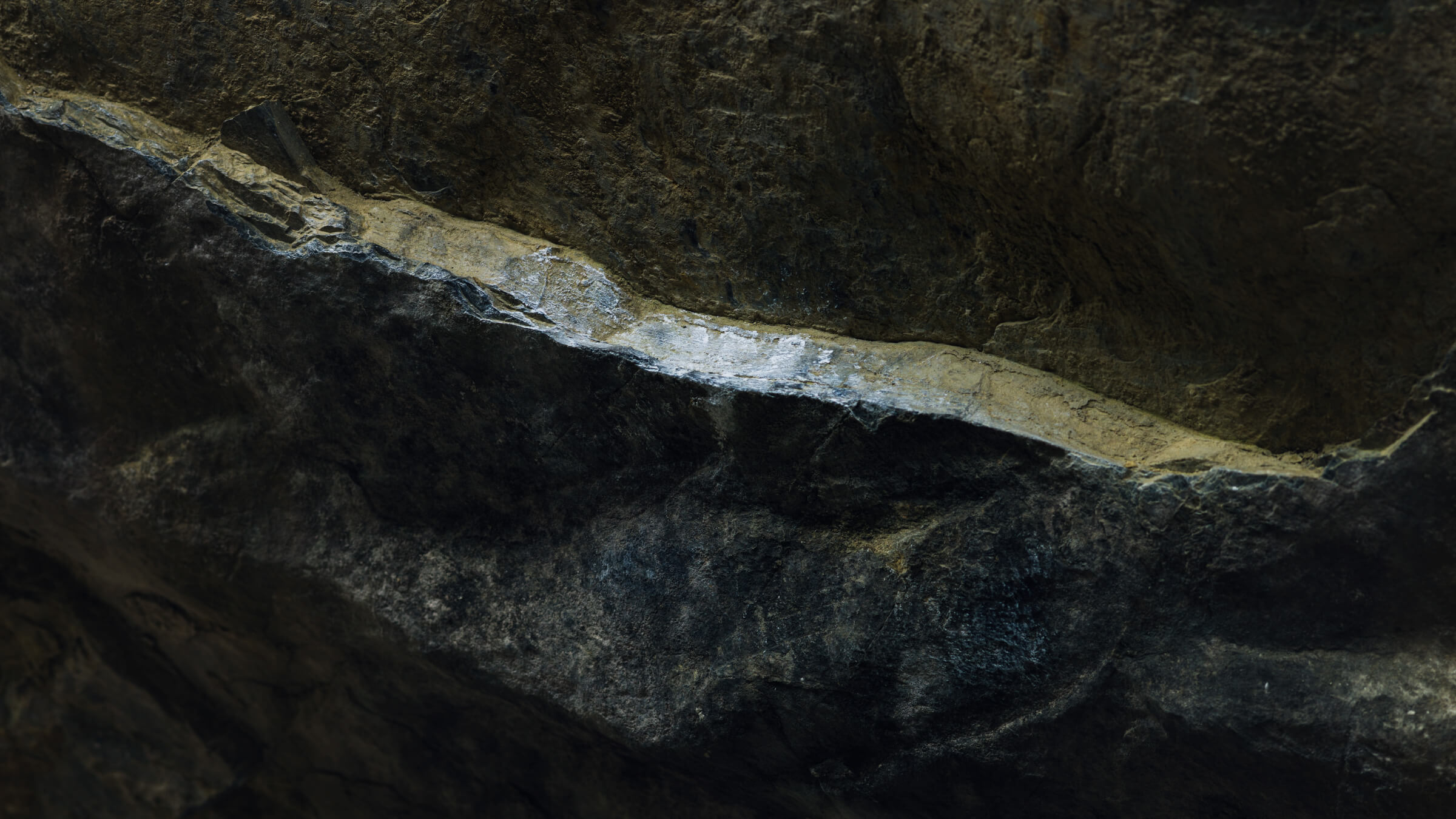
Historically, climbing has encountered incredibly major changes in the past. Perhaps the first shift took place around 150 or so years ago. Before that point, “rock climbing” was a technique used to reach the summit of a high elevation. However, around this time—simultaneously in locales like England, Germany, and Italy—the act of rock climbing itself became incredibly appreciated and people began to pursue it professionally... this moment in time is said to be the origin of climbing. The following shift was about 70 years ago—around this time, there was a rapid development of climbing tools including pitons and ropes, and with the help of such tools, it became possible to climb rock walls that once seemed impossible. With the invention of the bolt, it became possible to climb walls that did not have handholds. After this second shift, it occurred to climbers: “Is there any meaning to climbing when we rely so much on so many tools?” And thus, climbers abandoned these seemingly-necessary tools and decided to climb as simply and naturally as possible. To rely on tools as little as possible—this is at the fundamental philosophy of climbing that reigns today.
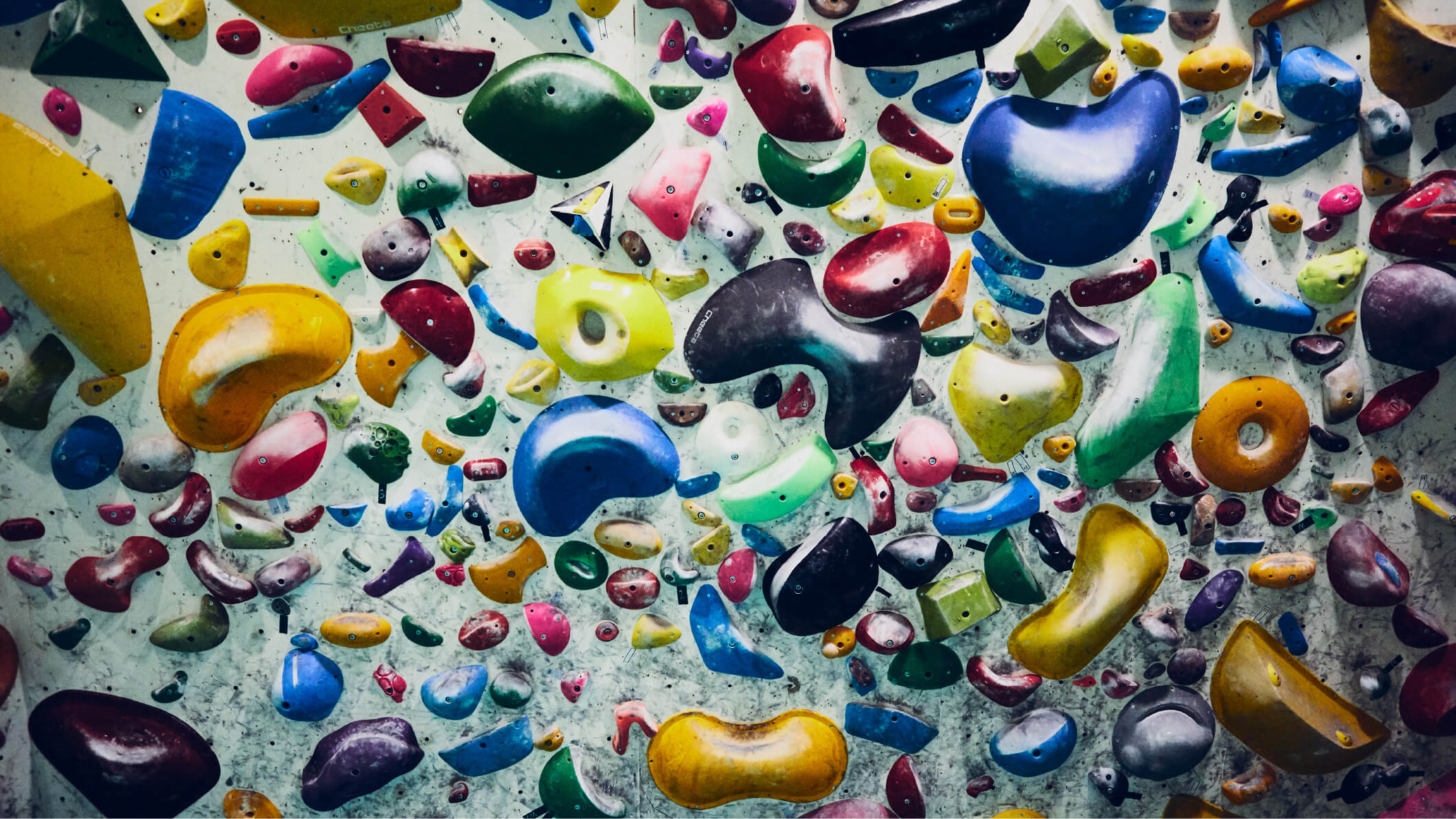
The third shift took place around 40 years ago. Climbing had started as an adventure. It came with the risk of making mistakes that could lead to a major injury or even death. However, with the development of tools and techniques, it became possible to eradicate danger to an extent, and the aspects of climbing-as-sport received more and more attention. The major difference between historical climbing and climbing as sport is that in the sporting variety, the summit is not always the goal. Rocks as high as several tens of meters to as low as five meters are recognized as valid “routes.” In short, route difficulty trumps ascending to a course summit. Meanwhile, other technological developments occurred, notably that the first artificial climbing wall was introduced in the 1980s. Over the subsequent decade, climbing gyms with artificial walls were established globally, and as a result, nearly all climbing competitions have come to utilize them. As a result of these advancements, more difficult moves are being pursued and the collective technique of climbers has consistently risen.
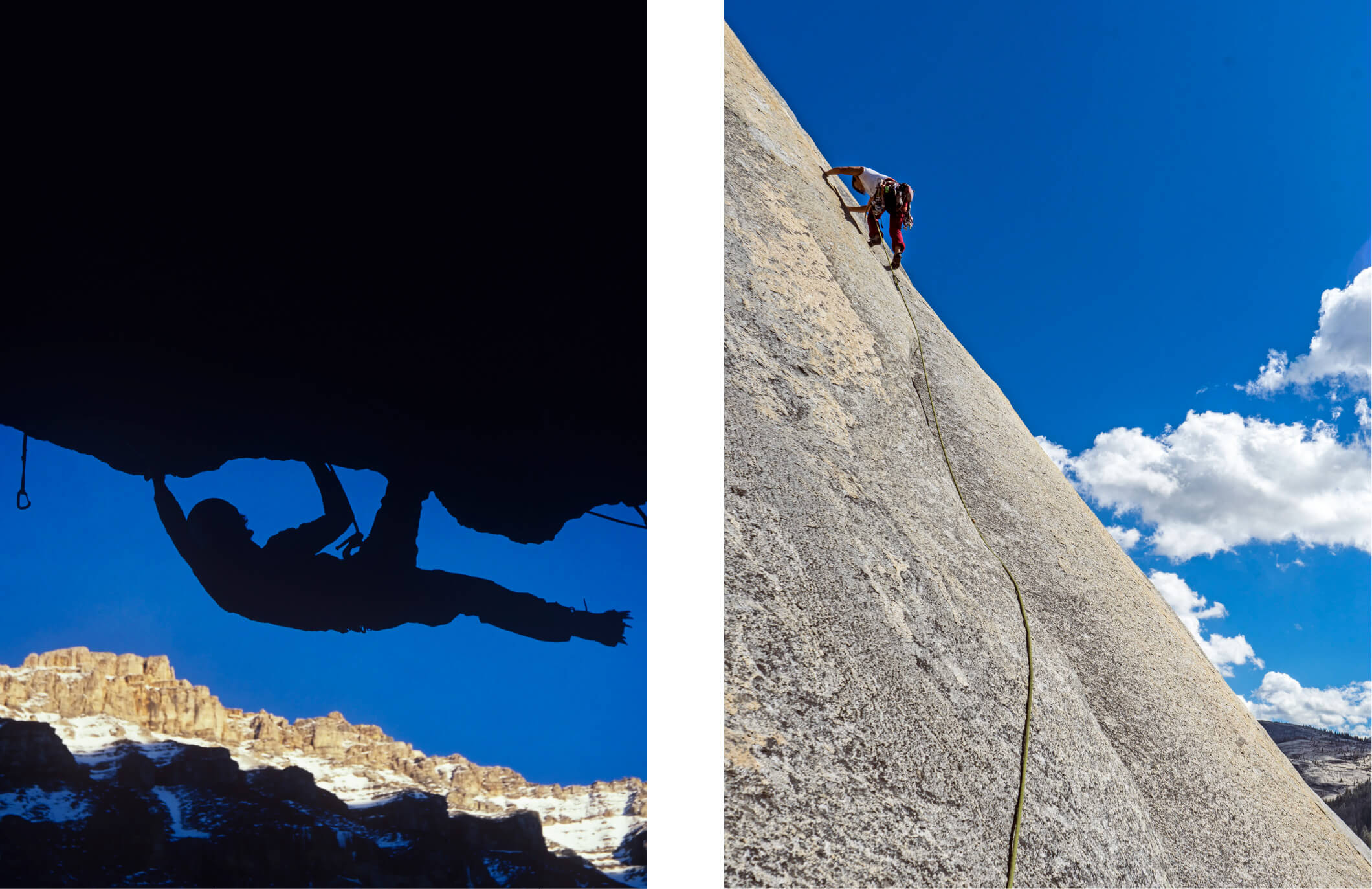
Let’s consider the present moment—we may be at a fourth shift. We are at a pivotal moment when climbing, which retains a 150-year history, has given birth to a new genre called “sport climbing.”Until the 1990s, artificial walls were mere substitutes for the natural world—the ultimate goal for a climber was to ascend routes out of doors in nature. From the 2000s, however, there was an emergence of people who started off by climbing artificial walls and did not go outdoors. The past decade-plus has seen an incredible increase in participants who have never encountered a natural rock course. The climbing population has been increasing annually and it is not unusual for climbing to be aired on network television. Climbing was once a hobby that parents discouraged their children from pursuing, yet now, parents take their kids off to climbing gyms. The times are about to change, most notably, for climbing. On artificial walls, where routes can be set freely, it is possible to set routes that are impossible to encounter outdoors. Acrobatic techniques that were previously unfathomable are being developed, pushing the evolution of climbing. The speed at which the athletes are evolving has become remarkable—to the extent that techniques from three years ago would not have a chance at the World Cup today.
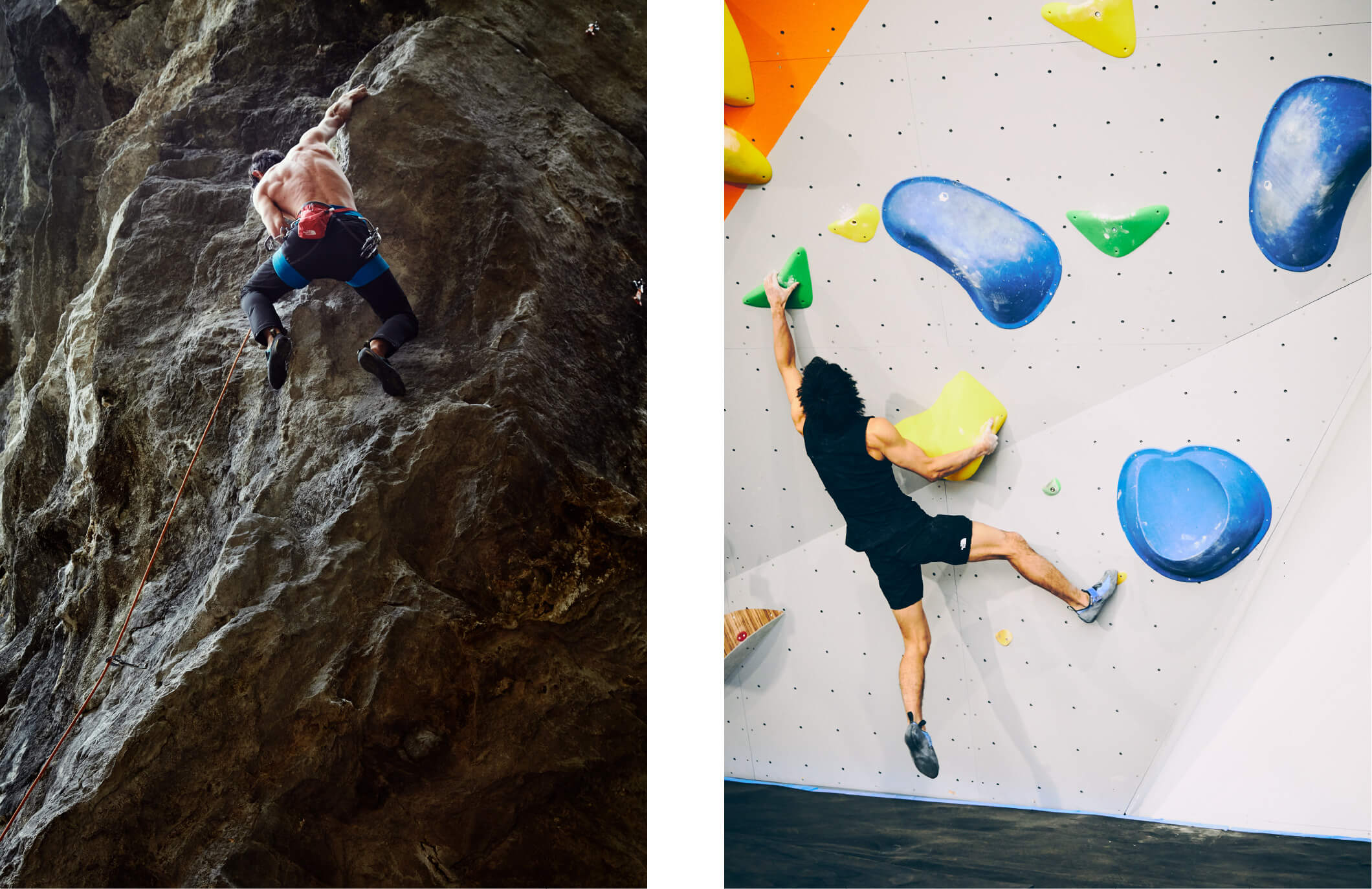
Climbing in 2021 is about to advance to a new critical stage in the very near future, perhaps with this very year as the critical point. These changes may be unimaginable... yet, some things will not change. While indoor sport climbing is basking in ever-burgeoning popularity, climbing outdoors could potentially be considered obsolete, but the exact opposite is taking place. The number of climbers headed for cliffs, boulders, and mountain faces continues to swell. Natural settings offer a sense of freedom that cannot be found in the human-made. Nature offers different challenges. Different senses of adventure. Basking in the sun, climbers can joyfully explore their imaginations in lieu of the sense of competition inherent to indoor environments. This joy—the joy of climbing—has not changed in the past 150 years... nor has the sense of wonder at accomplishing what has seemed impossible.The past few years have seen an increase in climbers seeking to escape. To explore. To enjoy climbing in ways that are both new and old.We are watching sport climbing enter a beautiful new future. We are excited to see it expand into unforeseen fields... 150 years of history, yet still so many ways to evolve.





